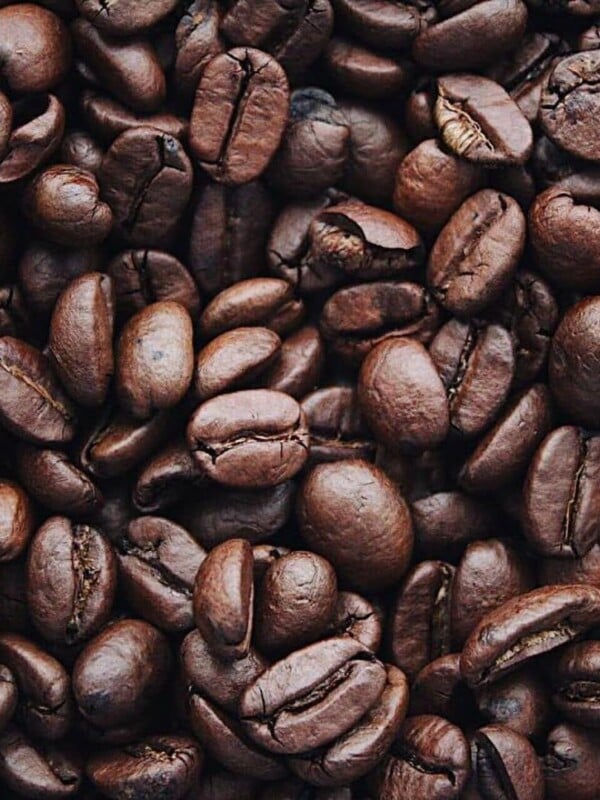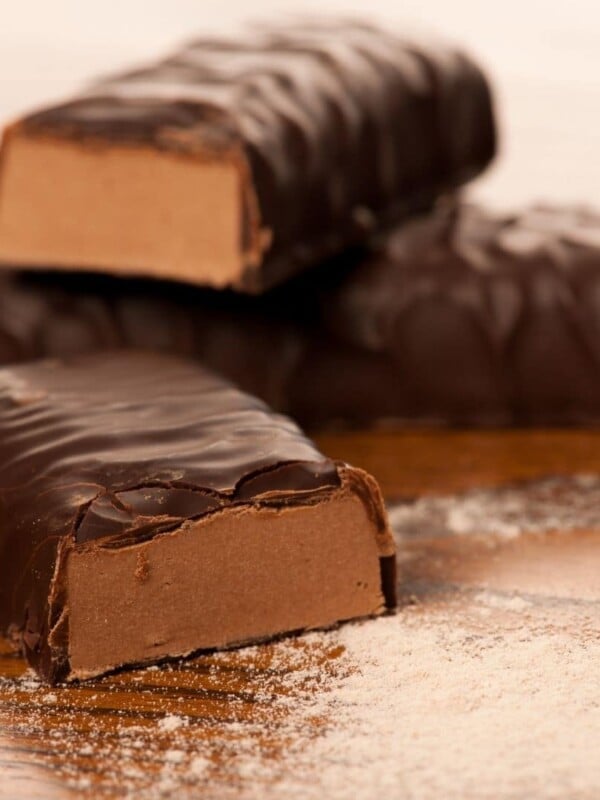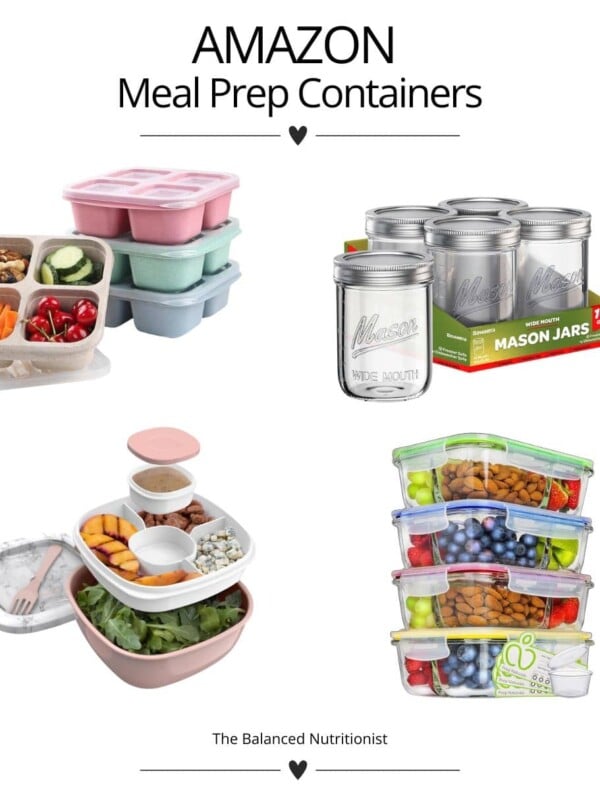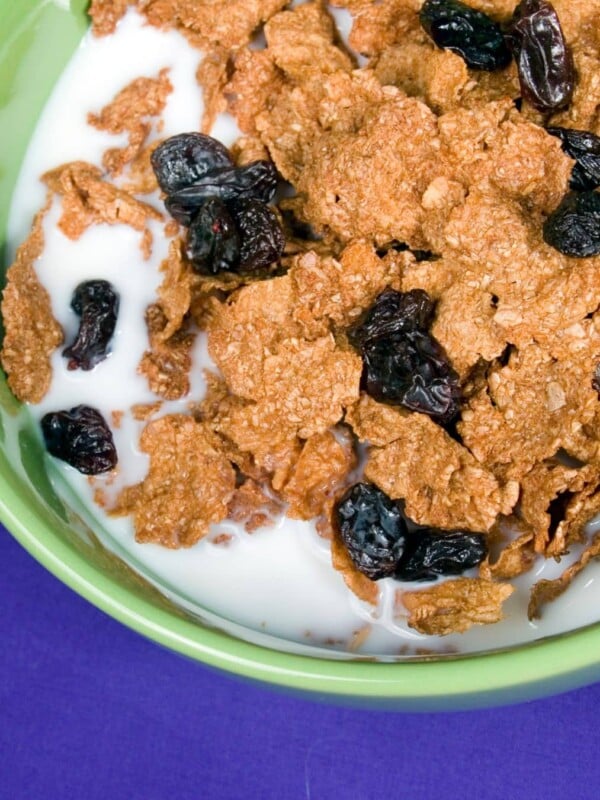This post may contain affiliate links. Please read our disclosure policy.
Nutella is sweet, creamy and delicious. But is Nutella Healthy?
Glad you asked! I’m Jamie, a chocolate-loving Registered Dietitian. My goal is to empower you with evidence-based information, and context, so that you can make the right decisions for your health…and taste buds!
In this blog post, we’ll dive deep into Nutella’s nutritional profile to help you understand whether it can fit into a balanced diet. We’ll explore its ingredients, benefits, concerns, and even how it compares with other spreads.
This post may contain affiliate links.

What Is Nutella?
Nutella is a sweetened hazelnut cocoa spread that’s become super popular due to it’s decadent chocolate-y taste and versatility.
It’s similar in texture to peanut butter or any other nut butter, but much sweeter and chocolate-flavored!
It’s found it’s way into the hearts (and pantries) of people worldwide. Originating from Italy, this popular hazelnut spread has become a staple for many, whether as a quick breakfast option, a dessert topping, or an occasional indulgence.
Nutella is often put into the same category as other nut butters, like peanut butter or almond butter because if it’s texture.
But, is it the same? Is it healthy breakfast option? Let’s get into the facts!
Ingredient list
A closer look at Nutella’s label reveals these seven main ingredients.
- Sugar: Gives Nutella it’s sweet flavor.
- Palm Oil: Used for its smooth, spreadable consistency.
- Hazelnuts: The nut used in this spread.
- Cocoa: Adds the rich chocolatey taste.
- Skim Milk: Provides some creamy flavor.
- Lecithin: An emulsifier that helps maintain the product’s texture.
- Vanillin: A synthetic vanilla flavoring.
Unfortunately, those ingredients of Nutella are in order from most to least, meaning that there’s more sugar and palm oil than there is hazelnuts.
Any time I’m looking for a nut butter, I definitely like to see the nut as the first ingredient.
Nutritional Profile of Nutella
What’s in a serving? Let’s take a look.
Serving Size and Calories
A standard serving size of Nutella is 2 tablespoons, which contains approximately 200 calories.
Nutrients
- Carbohydrates: 22 grams per serving, with 19 grams coming from added sugar.
- Fats: 11 grams, including 4 grams of saturated fat.
- Protein: 2 grams
- Fiber: 1 gram
Micronutrients
Nutella also contains small amounts of vitamins and minerals including:
- Calcium: About 4% of the daily value per serving.
- Iron: Around 2% of the daily value per serving.
- Potassium: About 4% of the daily value per serving.
Nutritionally, Nutella is mostly carbohydrates, specifically sugar. Compared with other nut butters, there’s significantly more sugar and less protein.
Benefits of hazelnuts
Hazelnuts are known for their health benefits, including:
- Healthy Fats: Rich in monounsaturated fats, which are good for heart health.
- Fiber: Supports digestive health.
- Vitamins and Minerals: Contains vitamin E, magnesium, and B vitamins.
Unfortunately though, the benefits of eating Nutella aren’t quite the same as eating whole hazelnuts.
A 1 oz serving of hazelnuts has 4 grams of protein versus Nutella’s 2 grams, and 3 grams of fiber compared to Nutella’s 1 gram.
Hazelnuts also have zero grams of sugar on their own.

Drawbacks of Nutella
As delicious as Nutella is, it does come with some drawbacks.
High Sugar Content
Even though Nutella is marketed as a Hazelnut spread, its primary ingredient is sugar. Each serving contains a pretty high amount of sugar.
Two tablespoons of nutella has 19 grams of added sugar—which is about the same as 5 teaspoons of sugar.
The recommended amount of added sugar from the American Heart Association is no more than 5% of total calories, which ends up being about 6 teaspoons for women and 9 teaspoons for men.
So, one serving of Nutella gets you pretty close to that recommendation!
As a dietitian, I’d love to see Nutella make a chocolate-hazelnut spread with more hazelnuts and not nearly as much sugar.
Low fiber content
One serving of Nutella only has 1 gram of fiber per serving, which is lower than most nut butters and lower than eating whole hazelnuts, too.
Added palm oil
Another drawback is that palm oil is the second ingredient, ahead of actual hazelnuts! Hazelnuts have healthy fats on their own, and as a dietitian I’d definitely like to see more of the actual nut versus added oil.

Is Nutella healthier than peanut butter?
The short answer, no. The majority of peanut butters are objectively a better choice because they have significantly less sugar. In fact, it’s pretty simple to find a peanut butter that has zero grams of added sugar.
The reality of Nutella is that while it’s delicious, it’s mostly added sugar and is nutritionally in a different category than most nut butters.
Like all sugary foods, that doesn’t mean it’s off limits.
As a dietitian I recommend treating Nutella as a dessert or treat option versus a nutritious addition. All foods can be a part of a healthy diet, but some foods (this one included) will probably play a bit of a different role.
Alternatives to Nutella
If you want some healthier alternatives so that you can enjoy chocolate hazelnut spread in your life on a daily basis, you may be interested in these:
- Justin’s Chocolate Hazelnut and Almond Spread: Dairy-free, lower sugar, higher protein, and higher fiber.
- Nuts ‘N More Cocoa Hazelnut Butter Spread: Lower sugar, higher fiber, 9 grams of protein per serving.
- Date Lady Chocolate Spread: creamy, smooth, dairy-free, and made without any added sugar – the sweetness comes from dates!
- Artisana Organics Hazelnut Cacao: Organic and made without palm oil, if those are priorities for you. Also lower sugar, higher protein and higher fiber.
- VOYAGE FOODS Hazelnut-Free Spread: Nut-free chocolate spread for anyone with hazelnut allergies (or sending a kiddo to a nut-free school).
- Pongo Cocoa Hazelnut Spread Plus Protein: Lower sugar but does contain sugar alcohols, 7 grams of protein per serving.
- Barney Butter Almond Butter Blend Chocolate: Low sugar, higher protein, higher fiber.
How to incorporate Nutella into a balanced diet
As a Registered Dietitian, I am not the food police. I am never going to tell you to skip your favorite foods or replace everything with a “healthier option”.
You deserve to enjoy what you’re eating, even if it’s not always the healthiest version of every single thing.
Having said that, it can also be helpful to learn some strategies to balance your diet and be mindful of your sugar intake.
How to include Nutella mindfully:
- One option is to pair your Nutella with nutrient-dense foods, such as a high-fiber bread. The fiber in the bread helps to slow down the blood sugar spike and can prevent that sugar-crash slump in energy.
- Similarly, you can pair Nutella with other whole foods like fruit. Nutella and strawberries, anyone? Yes, please.
- It’s also helpful to include it as a well-balanced meal, like with whole grain toast and some scrambled eggs, for example. Including it in a balanced meal prevents a big blood sugar spike.
- Or, you can enjoy it as a true dessert by using it as cupcake frosting or drizzling it on top of your ice cream.
Overall, Nutella is more of an occasional treat rather than a dietary staple. Enjoy it mindfully and savor the experience without guilt.
Don’t consider it off limits, or you are more likely to feel out of control when you do get your hands on one of those delicious jars.
That’s a wrap
The bottom line is that that jar of Nutella in your pantry is not exactly a health food.
But! That doesn’t mean it’s off limits or something to fear.
Nutella’s delicious flavor and creamy texture make it a favorite among many by the spoonful. While it offers some health benefits from hazelnuts and cocoa, it’s also high in sugar and calories.
Moderation is key, but so too is enjoyment. You deserve to eat foods that you love, even Nutella.
And if you’re interested in changing it up, there are lots of healthy Nutella alternatives out there made with quality ingredients and without a lot of sugar that will have a lesser impact on your health and blood sugar levels.
By being mindful of portions and pairing Nutella with nutrient-dense foods, it can certainly have a place in a balanced diet. Remember, not every food has to be perfect; it’s all about balance and enjoying what you love in a healthy way.
Planning delicious, healthy meals that don’t take all darn day or break the bank is far easier said than done. Let me help! I’ve created Easy Balanced Bites, a comprehensive e-book that you can download today. Not only does it include recipes you’re sure to love, but it also has the meal plans and grocery lists to boot. I know you’ll love ‘em!
Love product reviews? Me too!
- Is Dave’s Killer Bread Healthy? A Dietitian’s Review
- Is Premier Protein Good For You? The Truth from a Dietitian
- Is Fairlife Milk Healthy? A Dietitian Review
- Are Nutri-Grain Bars Healthy? A Dietitian’s Honest Review
- Is Annie’s Mac and Cheese Healthy? A Dietitian Review
- Is Celsius Bad for You? The Truth from a Dietitian













